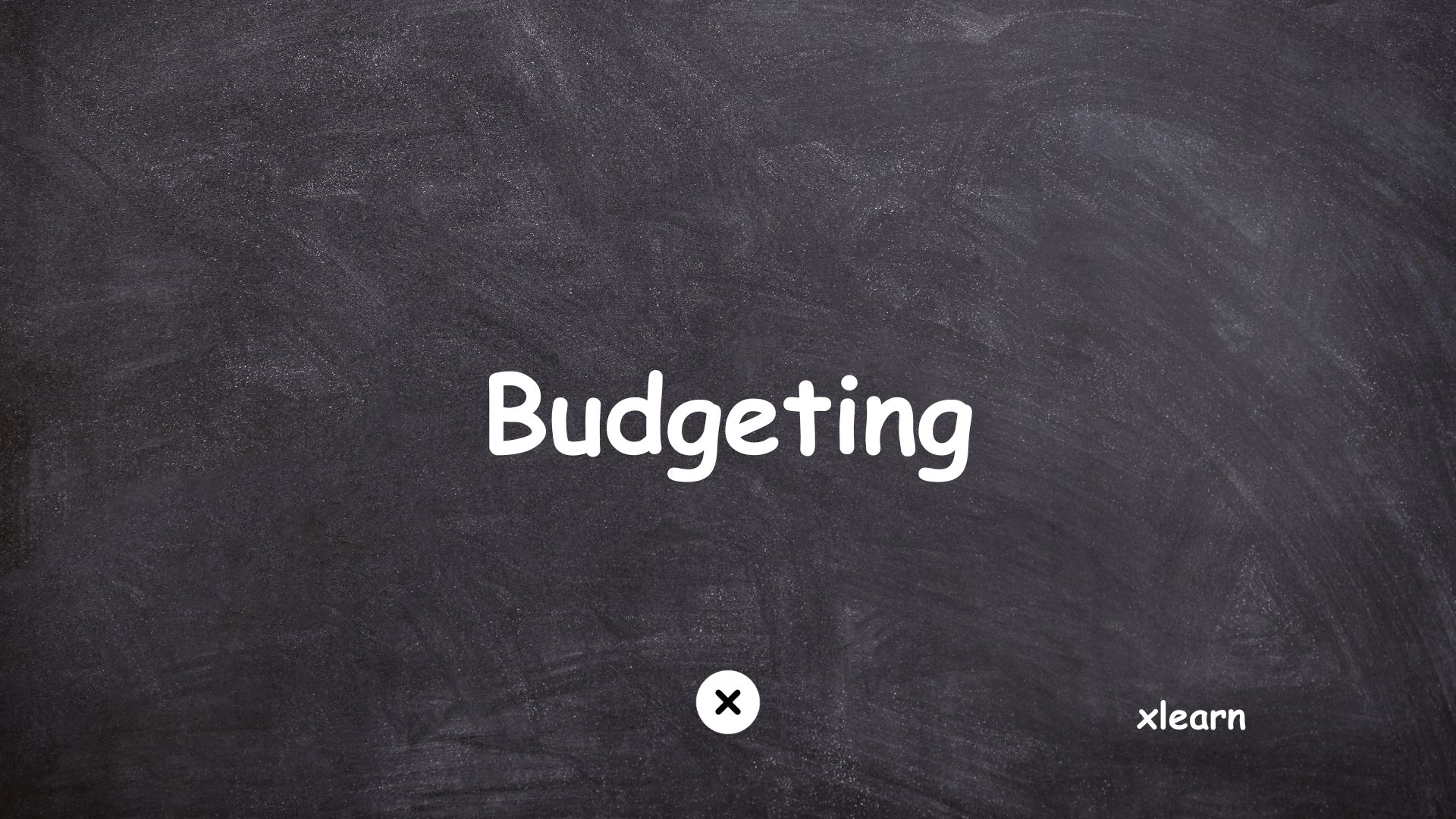
Budgeting is the cornerstone of sound financial management, providing a roadmap to achieve your financial goals and ensuring that you live within your means. A well-crafted budget allocates your income strategically, balancing essential expenses, savings, and discretionary spending. Let’s delve into the details of how to budget strategically with examples.
1. Income Tracking: Know Your Earnings
Understanding your income is the first step in creating an effective budget. Identify all sources of income, including your salary, bonuses, freelance work, or any other revenue streams.
Example:
- Monthly Salary: $4,000
- Side Hustle Income: $500
- Total Monthly Income: $4,500
2. Expense Management: Categorize Your Spending
Categorize your expenses into fixed and variable costs. Fixed expenses, like rent or mortgage payments, remain constant, while variable expenses, such as groceries or entertainment, fluctuate.
Example:
- Fixed Expenses:
- Rent/Mortgage: $1,200
- Utilities: $150
- Loan Repayments: $300
- Variable Expenses:
- Groceries: $300
- Dining Out: $100
- Entertainment: $50
3. Budget Creation: Allocate Your Resources Wisely
Once you’ve identified your income and categorized your expenses, create a budget that reflects your financial priorities. Allocate funds to cover essential needs, save for the future, and allow for discretionary spending.
Example:
- Essential Expenses: $1,950
- Rent/Mortgage + Utilities + Loan Repayments
- Savings Goals: $800
- Emergency Fund + Retirement Savings
- Discretionary Spending: $1,750
- Groceries + Dining Out + Entertainment
4. Emergency Fund: A Safety Net for the Unexpected
Include a category in your budget for building and maintaining an emergency fund. This fund serves as a financial safety net, covering unforeseen expenses like medical bills or car repairs.
Example:
- Emergency Fund Goal: $5,000
- Monthly Contribution: $200
- Over 12 months: $200 x 12 = $2,400
- Remaining funds can come from windfalls or adjusting discretionary spending.
5. Debt Repayment: Prioritize High-Interest Debts
If you have outstanding debts, allocate a portion of your budget to debt repayment. Prioritize high-interest debts to minimize interest payments and accelerate your journey to debt freedom.
Example:
- Credit Card Debt: $1,000
- Monthly Repayment Goal: $200
- Over 6 months: $200 x 6 = $1,200
- Adjust your budget to allocate more funds to debt repayment if possible.
6. Regular Reviews: Adjust Your Budget as Needed
Regularly review your budget to ensure it aligns with your financial goals and lifestyle. Life circumstances, income changes, or unexpected expenses may necessitate adjustments.
Example:
- Job Promotion: An increase in income may allow for additional contributions to savings or accelerated debt repayment.
- Medical Emergency: Unexpected medical expenses might require temporary adjustments to discretionary spending.
7. Adapt to Life Changes: Flexible Budgeting
Life is dynamic, and your budget should adapt to major life changes such as getting married, having children, or pursuing higher education. Be flexible and adjust your budget accordingly.
Example:
- Marriage: Combine incomes and adjust spending priorities as a couple.
- Childbirth: Plan for additional expenses related to childcare and adjust savings goals.
8. Continuous Learning: Educate Yourself Financially
Stay informed about personal finance principles and strategies. Educate yourself about investment opportunities, tax implications, and financial planning to make informed decisions.
Example:
- Read Financial Books: Gain insights from books on personal finance.
- Attend Financial Seminars: Participate in workshops or seminars to enhance your knowledge.
Conclusion
Budgeting plays huge impact on personal finance and is a dynamic and essential tool for building a strong financial foundation. It empowers you to take control of your finances, prioritize your goals, and adapt to life’s ever-changing circumstances. By following these principles and incorporating them into your financial habits, you can pave the way to a more secure and prosperous financial future.
Mint is a popular personal finance website and mobile app that offers tools for budgeting, expense tracking, and financial goal setting. It allows users to link their bank accounts, credit cards, and other financial accounts to provide a comprehensive overview of their financial situation.
Mint automatically categorizes transactions, provides spending insights, and helps users create and stick to budgets. Additionally, it offers credit score monitoring and alerts for unusual account activity, providing a holistic approach to managing and improving financial well-being.